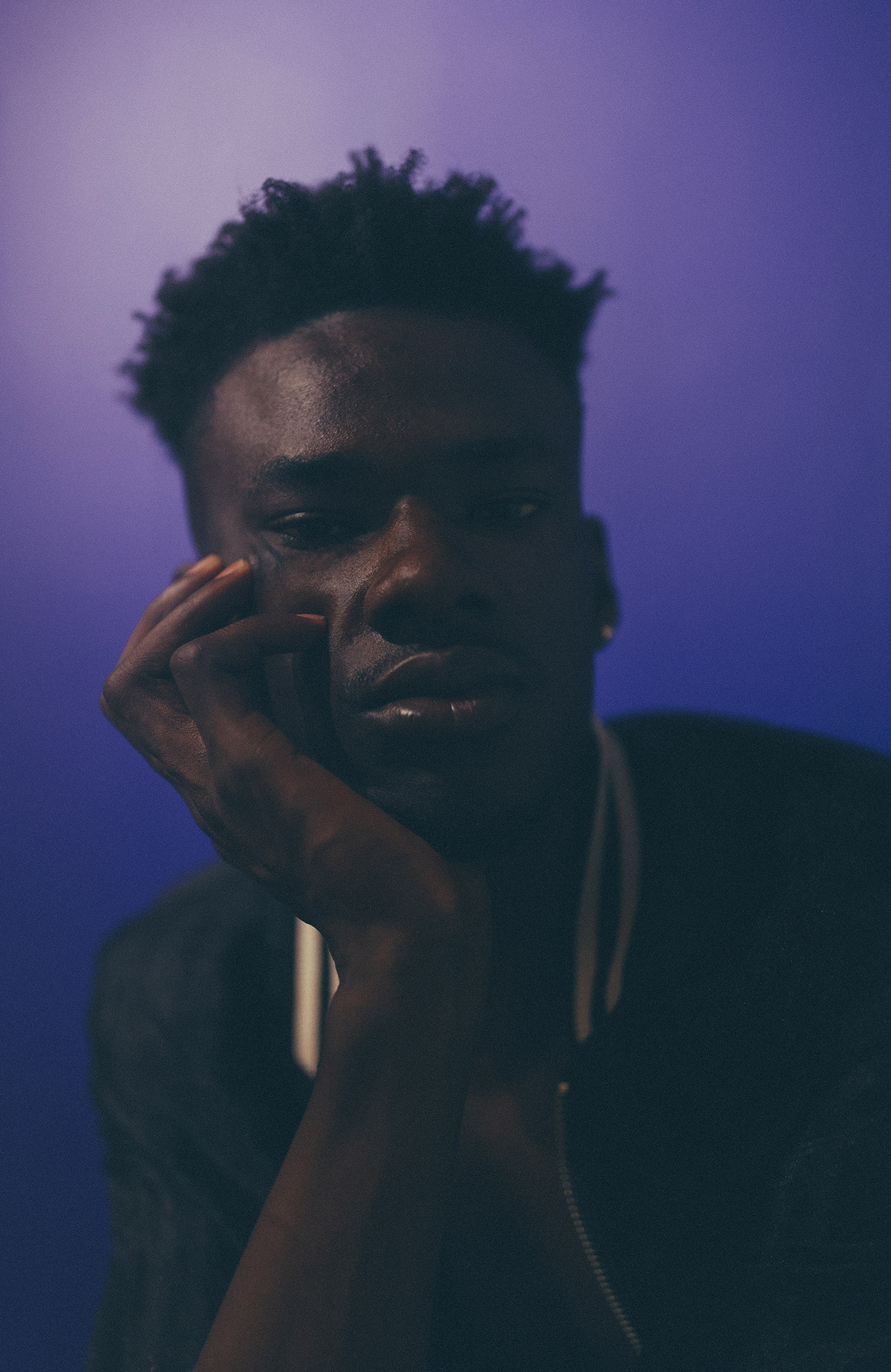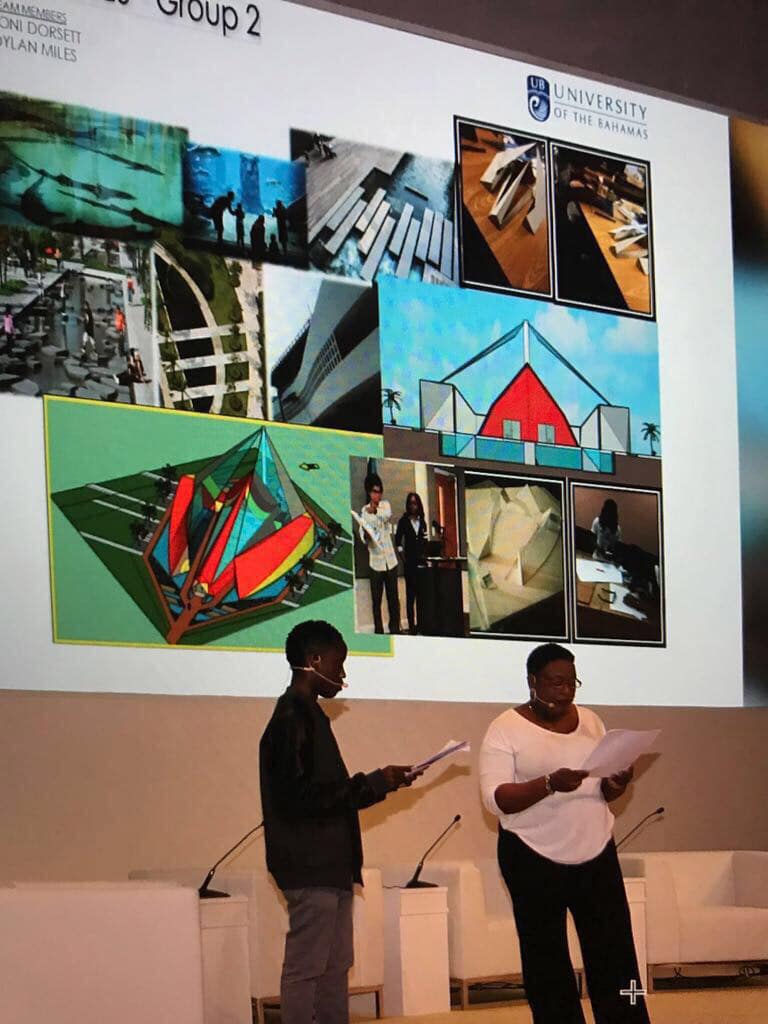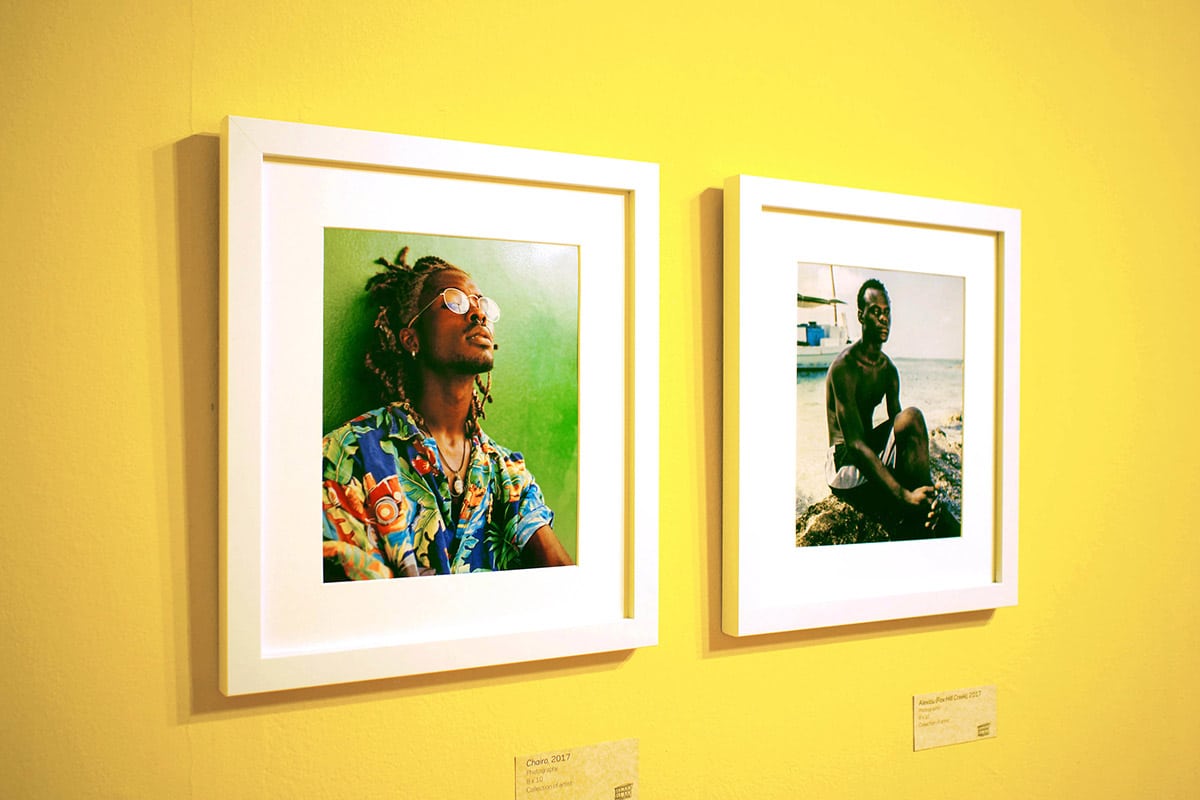
By Dr Ian Bethell Bennett
The Bahamas has quickly become a country with multilayered and multifaceted youth conflicts. Over the last ten years, these issues have taken the fore and removed the focus from real and positive change. Violence, youth disengagement and youth disaffection can be addressed through creative expression and creative practice. However, in a school system that argues for a focus on the STEM and not STEAM, but without any real engagement–where art and performance are seen as outside and unwanted stepchildren–it is significant that some young Bahamians are excelling in their work and their creative expression.
As we top fifty percent non-completion of school, the need for proactive interaction is obvious. One way that has been proven to combat this is by engaging with art in the classroom and folding it into the educational system. The art that we are talking about here is far more diverse than painting or ceramics and includes performance as well as culinary arts. According to political scientist Mark Mattern in “John Dewey: Art and Public Life,”

“Jeffrey” by Melissa Alcena. Image currently on view in “Some Re(Assembly) Required” on view in the Project Space Room at the National Art Gallery of The Bahamas through December 3rd, 2017.
“Art is an integral component of democracy, not simply its incidental adornment. As a communicative arena where politics potentially occurs, art offers many opportunities for political participation. Especially at a time when participation is declining in mainstream and institutionalized political arenas, other venues such as art increase in their potential importance”. (Mattern, 1999, p. 72)
Art and democracy go hand in hand. It is significant that during the early political struggle in the country, arts were so important to the formation of many of the group who would later take on important roles in the leadership of The Bahamas. Today, though, art is dismissed as less than worthy. However, we see emerging youth who come through art and speak with a loud and powerful voice, despite being locked out by an ageing generation of gatekeepers. Today, we see young artists like Melissa Alcena, an emerging photographer, currenlty with her first solo show at NAGB, and the students in culinary arts as well as architecture at UB, who are letting their voices be heard.
Expo 2020 Dubai and youth creativity
During the Expo 2020 Second International Planning Meeting at the W and Western Hotels in Dubai in October 2017, the art and architecture students along with a small group of culinary students presented on the project. The group leaders presented on behalf of The Bahamas and they soared. This is what empowerment is about. The leaders may have been nervous, but their preparation and dedication paid off with an impressive presentation that delighted the delegate-filled room.
How do we now encourage these students to think outside the box? How do we empower them to be creative without limitations? What does this mean to them? Ironically, so many of our students are discouraged from thinking outside the box. They are boxed into a school system that undervalues critical thinking and creative expression in favour of well-disciplined, in-class behaviour that promotes little thought but simply condones raucous, ungovernable behaviour that includes fights that go viral on social media as well as any other questionable activities. Largely we are taught not to create, not to think and not to challenge.
When the young people from The Bahamas showed their metal, though, they demonstrated that their combined efforts could win a competition.These young Bahamian university students are well on their way to incredible things and have already made history in dynamic ways. Expo 2020 Dubai will allow them the opportunity to bring the spotlight on the country and their talents and creativity.

UB students presenting in Dubai for the development of Expo 2020. Image courtesy of Dr Ian Bethell Bennet
Mattern again argues that art is important to democracy and uses the important historical figure, John Dewey and his work to argue the same. He continues:
“The crux of Dewey’s argument was that art if closely tied to people’s everyday lives, is a form of communication through which people learn about each other’s similarities and differences, break through some of the barriers to understanding and awareness, and develop some of the commonalities that define community… Most notably, he erased conflict, negotiation, and contestation–in short, politics–from the world of art. Nor does he address the crucial role of power in the world of art, which can as easily create and sustain social barriers as break through them.” (Mattern, 1999, p. 54)
Dewey’s ideas are borne out by these students. Just believe in youth, give them an inch, and they will succeed. No plant thrives on acid. These students can present a united front in working to overcome barriers to creative expression that have been erected through the ignoring of art and its vital role in teaching us how to be better people through community engagement and empowerment. Youth empowerment through creativity is enormous, and this effort runs counter to so many negative images and energies directed at our youth.
It is important, though, to underscore the need for artistic and community engagement to promote creative expression. There is an image of ‘us’ that we usually do not control and that image is overwhelmingly negative, as so of much advertising and a-centuries-old Unilever racially-charged advertising campaign will attest. One can simply wash off the dastardly Blackness and emerge clean. Well, the image is far more nuanced than that and the youth is working to express themselves reveal that.
Redefining the image
It is alarming that the in 21st Century Black men are often represented as simply violent, criminalised subjects not good for much other than stallion service and hard labour. Melissa Alcena’s work in “Some (Re)assembly Required” is a photographic study of young, Black men. These young men are often misunderstood as much by their local law, as by the law that runs the entire country, and indeed the hemisphere. Alcena’s work explores their images and deconstructs that stereotype, through a double consciousness that allows difference and racial plurality, even in a caustic, hostile Victorian-determined reality. I understand her work to create a space for the democracy Mattern explores above. The photographer, as much as those hired to further the colonial image of The Bahamas in the early twentieth century did, can manipulate the image to say what is stereotypically required. Alcena does not. She uses the images to dismantle the negative stereotypical image of Bahamian Black masculinity, that is so often defined as criminal and deeply sexualised nonperformers. There must always be context to representation, and this work contextualises well.
In ending, this piece has intentionally juxtaposed an exhibition of ‘normally’ problematic men with the concept of youth empowerment provided by Expo 2020 and how young people can be engaged in action. However, we must work against a system that sells them to themselves as nothing other than cogs and as bell hooks and Stuart Hall, not to mention Foucault and Gramsci argue, they are represented for a reason, and their images are controlled by a power that one does not see nor often realise is present. When we talk of tourism, we talk about that image. When we talk about crime, we speak that language. This is the language of colonialism and the encounter, as demonstrated in a recent documentary by David Olusoga, “The Forgotten Soldiers of Empire” (2014).

Installation shot of “Some Re(Assembly) Required” on view in the Project Space Room at the National Art Gallery of The Bahamas through December 3rd, 2017.
The documentary explores the use of Senegalese fighters in the early 20th Century, during the First World War and the racist attacks on the ‘Allied’ parties for their racialised un-civilising project to destabilise the Germans through employing savages in the war effort. This speaks volumes of a racial discourse that is actively redeployed in the 21st century through visual media and music, particularly in a deeply politicised, racialised, non-climate change believing, the post-Obama United States of America that impacts everyone in this hemisphere and beyond.
Ta-Nehisi Coates, the American writer, contributor to The Atlantic and author of “Between the World and Me” (2015) discusses this kind of a delimiting hand dealt with young, Black males, in particular, because they represent a threat.
Alcena’s work humanises that story.Expo 2020 Dubai provides evidence that young Black lives are more than excused and socially excluded nonproductive cogs that can do no more the be servile.The presentation at the meeting in Dubai in October 2017 demonstrates that these young people have what it takes. Alcena’s work shows that they got it, and if given a chance through using art as a form to educate, to allow, to encourage and to promote creative expression, as Mattern articulates, they can succeed.
Success is theirs; one just has to allow them to demonstrate what they can do before they are shut down by racist discourse and images. Art is an integral part of and tool for democracy, and we can use it to empower those who are often seen as unproductive elements of society.